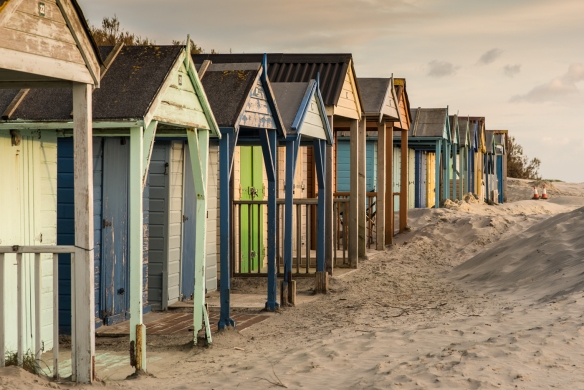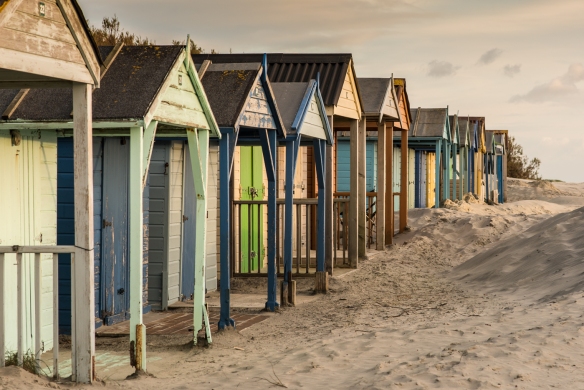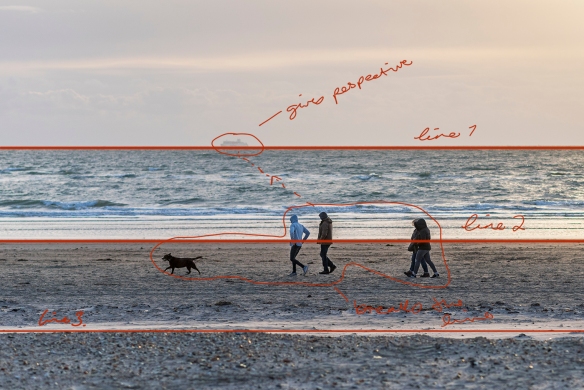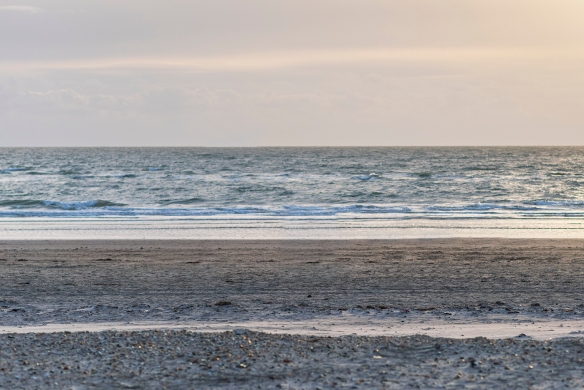Photography 1: Expressing Your Vision
Reflection
One thing I have learned about photography is that there is always something new to learn technically and artistically. This is one of the reasons I wanted to take this course. I have been taking photos all of my life and it is a passion, however, I have also felt for quite a long time now that I don’t just want to ‘take’ a photo of just anything, I want it to mean something; say something to me; but what I want to say, I’ve never quite nailed and ultimately been dissatisfied with the results. Primarily I’m a people photographer, so I felt that somewhere inside me there is something I want to say about me. Expressing your vision has started me on that journey of self-discovery but it is also equipping me with the technical skills to achieve it.
I have used my blog debraflynnphotography.co.uk/EYV-blog to record all of course work, assignments and learning log.
A few things that have stood out for me completing this course are:
- I have really enjoyed having a structured way of progressing, revisiting my camera instruction manual was such a useful thing to have done. Although already a confident ‘Manual’ mode user, I have increased my knowledge about settings, depth of field, choice of lens and lighting.
- Researching ideas and planning what I want to do before taking the images. I really think this has helped with the final results and I have been much happier with the outcomes.
- I always looked at other work but haven’t really studied other photographers before starting this course. I didn’t think I would be very interesting, but it has been a revelation. Learning about them and, in some instances actually listening to them, put their work in context has really helped me to think about me and what I’m trying to achieve. What I would like people to think about my work.
- Part 5 about view point, really made me think about how my work is presented and indeed what work I want to do.
- That I don’t have to fit into any genre or style, I can be as creative or not, as I want and produce work that means something to me. And; if I’m not happy with it, I can do it again. In the words of my tutor “follow your bliss”.
- Printing my images has really given me a new perspective on taking them to. They look different in print and somehow feel more tangible and meaningful. I have enjoyed choosing different papers to print them on which does change the look and feel.
- I like working in sets rather than individual images
What I think I’ve learned about me as a photographer:
I was delighted that my tutor thought Assignments 3 and Assignment 4 were good and didn’t require me to make any changes and I am most proud of those two assignments as I think they are closest to showing me as a photographer. However I think the most growth and learning came out of Assignment 2 and Assignment 5 which I reworked following my tutor’s feedback. Being receptive to another person’s critical eye can really enhance your own vision. Clive seemed to really understand what I was trying to achieve from each assignment and was able to help me refocus and rework the assignment. I also found that seeing your images through another’s eyes and listening to their feedback lets you know whether or not it has the impact you wanted. I completed the rework of Assignment 2 after completing the rest of the course and actually found going back to it later was a valuable lesson, as with the hindsight of the finishing rest of the course, it felt that the images were better composed and the set works better as a whole.
I now have the burgeoning ideas of what it is I’m trying to say: There’s something about juxtaposition and not being able to see everything, hidden emotion and light and dark. I really connected with the work Mona Kuhn, Tony Ray-Jones, Maja Daniels and Christopher Doyle. I know it’s in there, I aim to tease it out during the course of my further studies.
In all I feel that I have made a good start to the degree course and have successfully attained the stated aims and objectives. I have added some links to each of the aims which I believe demonstrate these outcomes, but I believe my whole blog is testament to my achievements http://debraflynnphotography.co.uk/EYV-blog/
What’s in the box – the physical submission is boxed and ready to go:

a few of my favourite images from the assignments:








































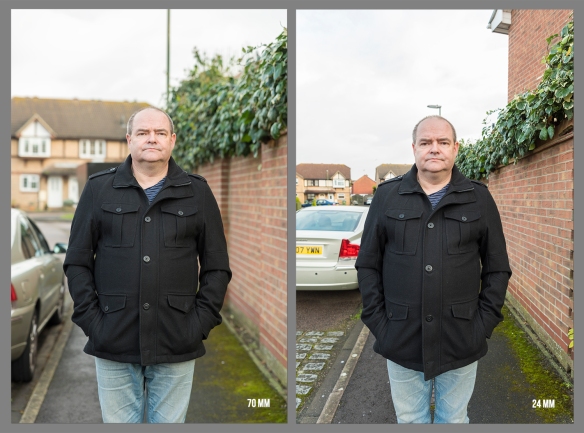
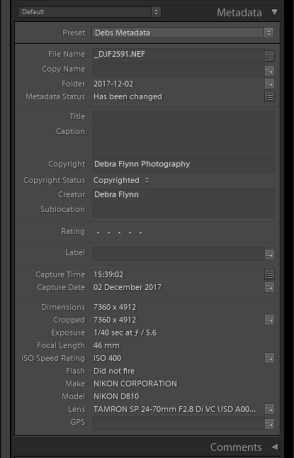
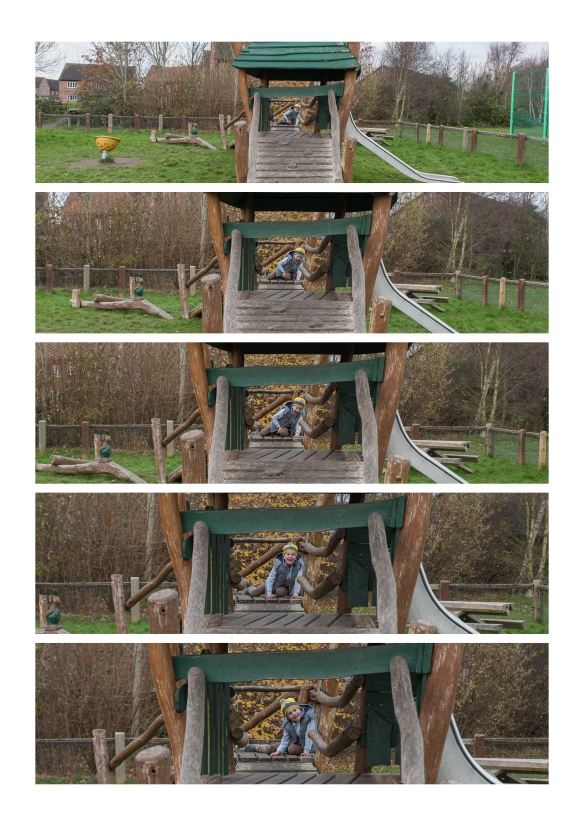
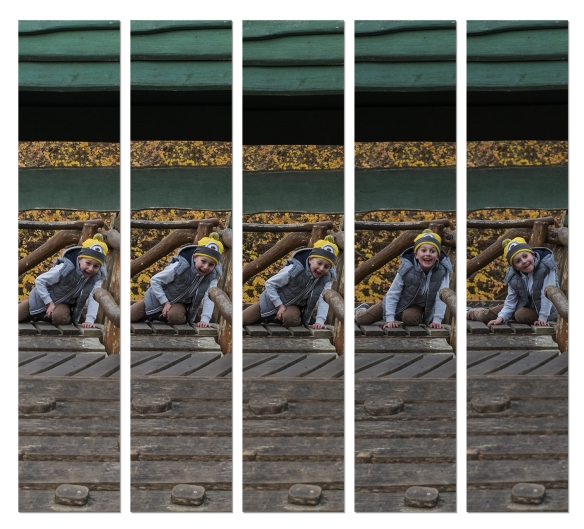
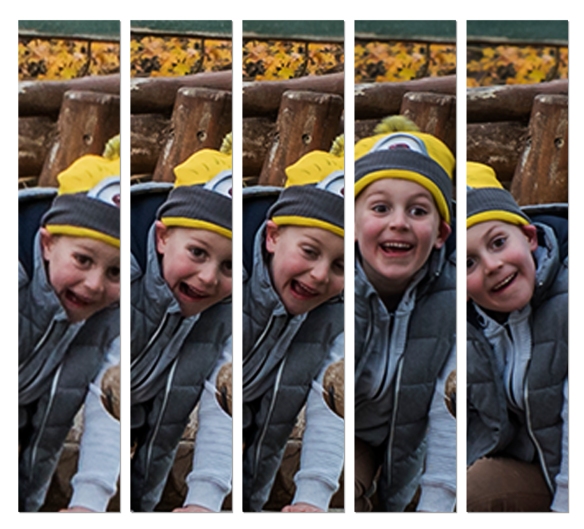
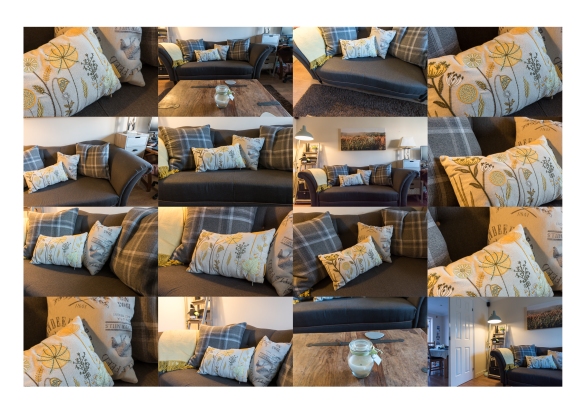
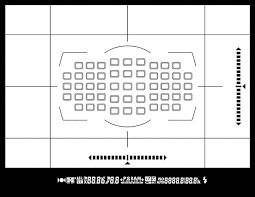
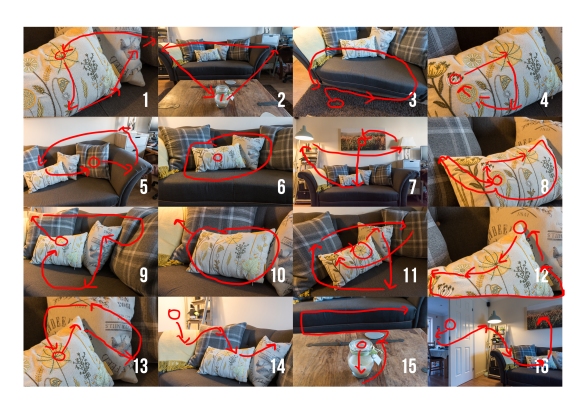
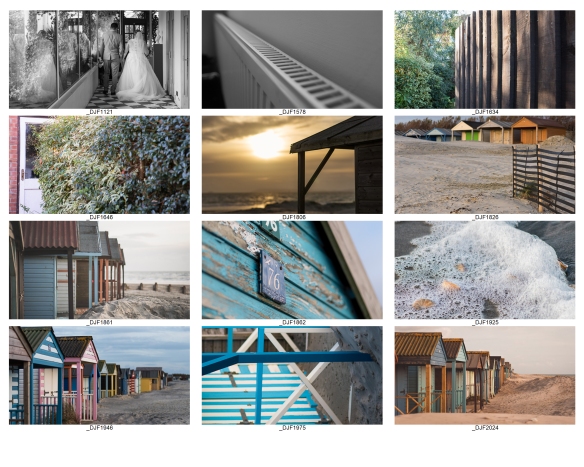 Exercise 1.3 (2) Line
Exercise 1.3 (2) Line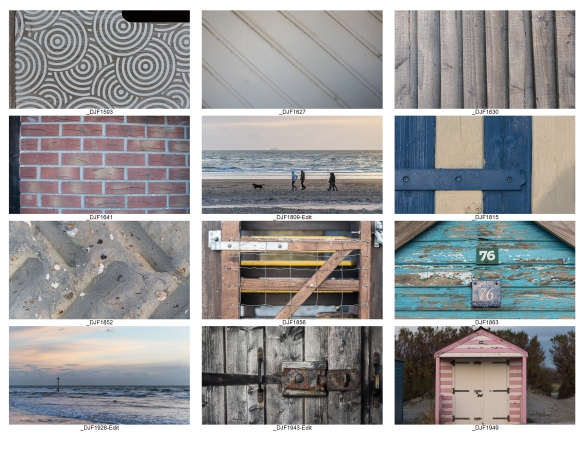 Review your shots from both parts of Exercise 1.3. How do the different lines relate
Review your shots from both parts of Exercise 1.3. How do the different lines relate